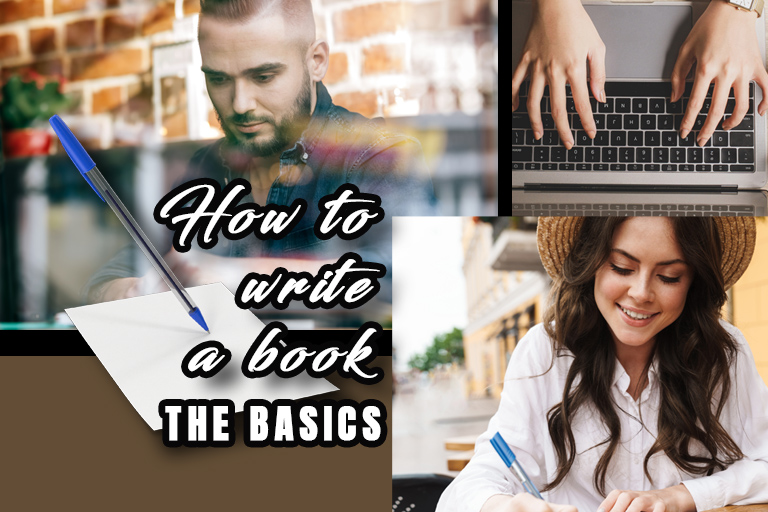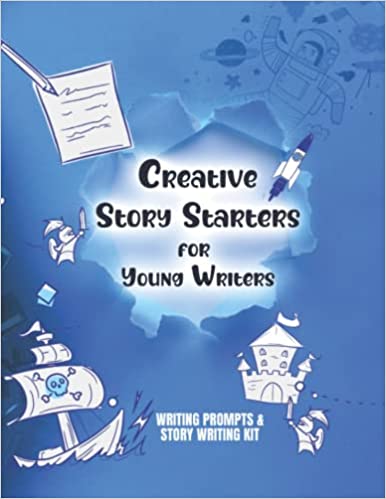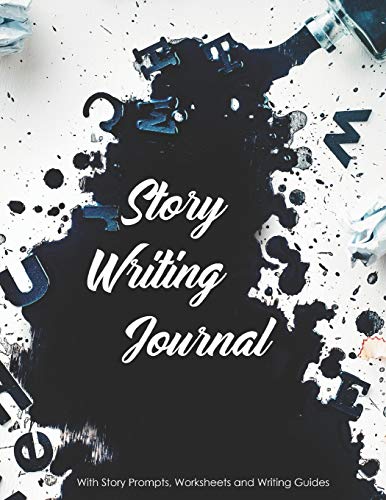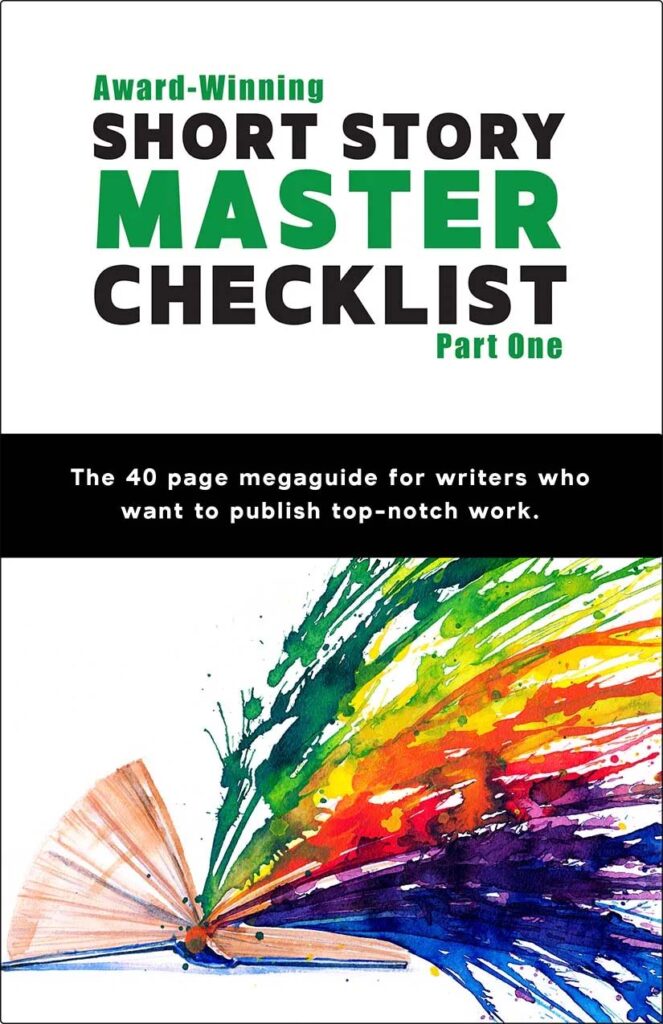How to write a book – basics

Basics of writing a book
Have you ever wanted to write a book? Writing a book can seem like a daunting task, but with the right approach, it is an achievable goal. This comprehensive guide is designed to help you navigate the process of writing a book, from brainstorming ideas to getting published. We will try to break down the process in this post and other posts to follow. By following these steps, you’ll be well on your way to becoming a published author.
Find Your Inspiration: Determine Your Book’s Purpose
Before you can learn how to write a book, you need to know what you want to write about. Identify your passion, experiences, or expertise that will fuel your writing. Determine the purpose of your book, whether it’s to entertain, inform, or inspire readers.
Choose Your Book’s Genre and Target Audience
Once you have a clear purpose in mind, decide on the genre of your book. This will help you target a specific audience and tailor your writing style accordingly. Consider the demographics and preferences of your potential readers, such as their age, gender, and interests.
Develop a Compelling Premise and Outline
Your book’s premise is the central idea or concept that will drive the story or content. Craft a compelling premise by identifying the conflict, setting, and characters (for fiction) or the main argument and supporting points (for non-fiction). Once you have a strong premise, create an outline to organize your ideas and provide a roadmap for your writing.
A basic fiction book outline structure typically follows a three-act structure, which provides a solid framework for developing your story. Here’s a breakdown of the three-act structure:
ACT ONE
Setup a. Introduction: Introduce your protagonist, setting, and the initial situation. b. Inciting Incident: Present the event or conflict that sets the story in motion and disrupts the protagonist’s ordinary world. c. First Plot Point: The protagonist makes a decision or takes action in response to the inciting incident, propelling them into the main conflict of the story.
ACT TWO
Confrontation a. Rising Action: The protagonist faces a series of obstacles or challenges as they pursue their goal. These events should increase the tension and complexity in the story. b. Midpoint: A significant turning point in the story, often featuring a major revelation or event that alters the protagonist’s understanding or approach to the conflict. c. Second Plot Point: The protagonist experiences a major setback or crisis, leaving them at their lowest point and forcing them to reevaluate their strategy.
ACT THREE
Resolution a. Climax: The protagonist confronts the antagonist or central conflict in a decisive showdown, ultimately determining the story’s outcome. b. Falling Action: The aftermath of the climax, as the remaining loose ends are resolved and the characters react to the story’s outcome. c. Denouement: The final resolution, where the characters’ arcs are completed, and the story concludes with a sense of closure.
Remember that this basic outline is just a starting point. You can adapt and modify it to suit your specific story, genre, and creative vision.
Establish a Routine and Set Goals for writing your book
To write a book effectively, develop a consistent writing routine. Set aside dedicated time each day or week to work on your manuscript. Set achievable goals, such as completing a certain number of words or chapters per week. This will help you maintain momentum and make steady progress. One of those goals will probably be to reach the appropriate word count for your story type. You can see more about word count for different books here.
Write Your First Draft
With your outline in hand, start writing the first draft of your book. Don’t worry about perfection at this stage; focus on getting your ideas on paper. You’ll have time to revise and polish your manuscript later. Remember to stay true to your voice and style as you bring your story or content to life.
Revise and Edit Your Manuscript
After completing your first draft, take a break to gain some perspective. Then, begin the revision process. Review your manuscript with a critical eye, focusing on elements such as plot, character development, pacing, and consistency. Once you’re satisfied with your revisions, edit your manuscript for grammar, punctuation, and spelling errors.
After you write a book, Seek Feedback from Beta Readers
Before moving forward with publishing, share your manuscript with beta readers. These trusted individuals will provide valuable feedback on your book’s content, structure, and readability. Use their suggestions to refine your manuscript and make it the best it can be.
Find the Right Publishing Path
When you’re ready to publish your book, explore the different publishing options available. Traditional publishing involves working with a literary agent and publishing house, while self-publishing allows you to maintain control over the entire process. Consider the pros and cons of each option and choose the path that best aligns with your goals and resources.
Promote Your Book
After your book is published, it’s time to promote it. Develop a marketing plan to reach your target audience, including tactics such as social media, email campaigns, book tours, and media interviews. Engage with readers and create a buzz around your book to drive sales and success.
Conclusion On How to Write a book
Learning how to write a book is a rewarding journey that requires dedication, persistence, and passion. By following these steps and staying true to your vision, you can transform your ideas into a published masterpiece. Embrace the process, enjoy the journey, and watch as your dreams of becoming an author come to life.
You might also want to check out:







1 thought on “How to write a book – basics”
Comments are closed.